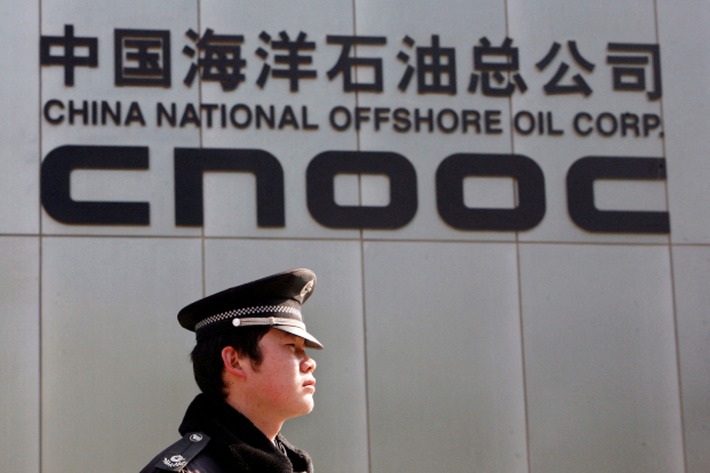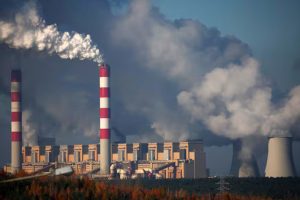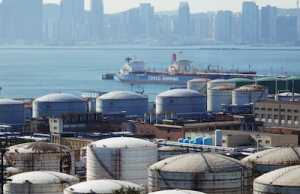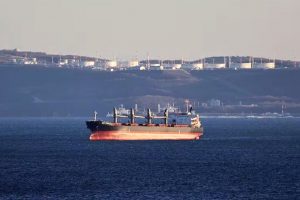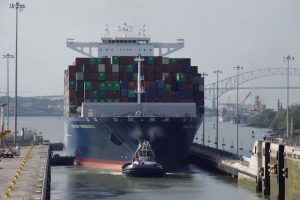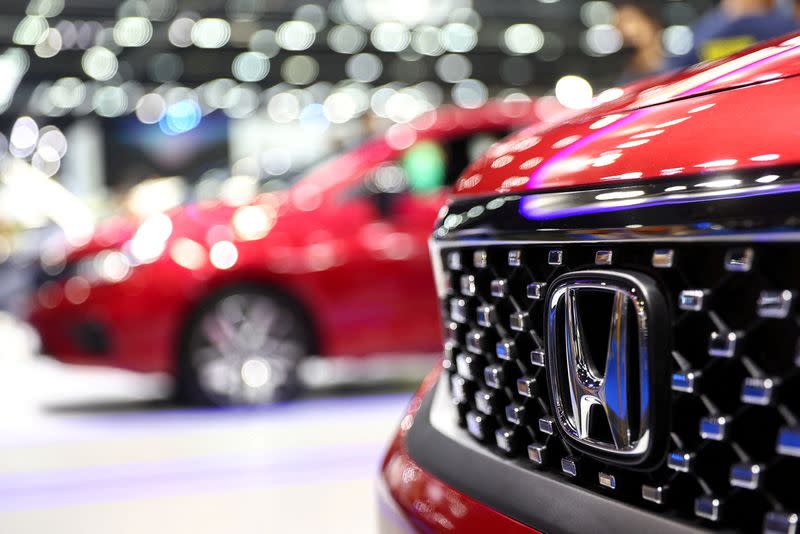State-run China oil and gas firm CNOOC has readied the country’s first offshore carbon capture and storage project developed to bury carbon dioxide in the seabed, state media reported.
The project is situated at CNOOC’s Enping oilfield in the mouth of the Pearl River, about 200km (124 miles) from Shenzhen, and will store carbon dioxide emitted during oil extraction, state broadcaster CCTV reported.
CNOOC began building the project last September and said it would eventually sequester a total of 1.46 million tonnes of CO2 in 800-metre deep seabed reservoirs.
The stored carbon dioxide was the equivalent of planting 14 million trees or taking 1 million cars off the road, the company said.
Carbon capture, utilisation and storage (CCUS) allows emission-intensive industries like oil and gas, cement and power to prevent climate-warming CO2 from entering the atmosphere.
Carbon Capture a Key Part of China’s Emission Reduction Goal
The International Energy Agency said last year that facilities built around the world now have the capacity to store more than 40 million tonnes of carbon dioxide every year.
China has identified CCUS as a key part of efforts to become carbon neutral by 2060, but though it has built several demonstration projects, the deployment of the technology has so far been limited.
According to an assessment report drawn up by the Ministry of Science and Technology and other government bodies earlier this year, the engineering and running costs of CCUS remain too high and government support was still insufficient.
“The future theoretical emission reduction potential of CCUS technology is huge,” the report said, “but due to the technology’s level of maturity and economic viability, that emission reduction potential is difficult to exploit.”
Offshore CCUS has already been deployed in Norway and the United States, with captured CO2 supplied to developers to inject into oil fields to help boost recovery rates.
- Reuters with additional editing by Jim Pollard
ALSO READ:
Chevron to Explore Hydrogen, Carbon Capture in Central Asia
Petronas, Shell Unit Tie Up to Explore Carbon Capture, Storage
Sinopec hits the gas on China’s biggest carbon-capture project




